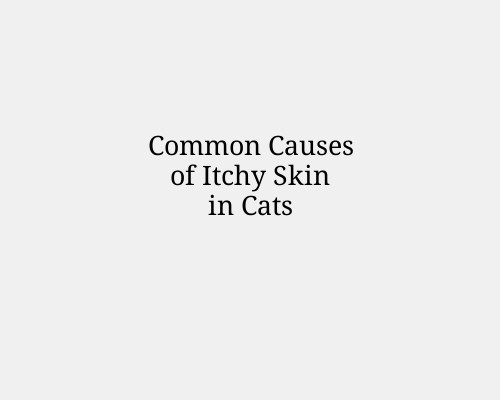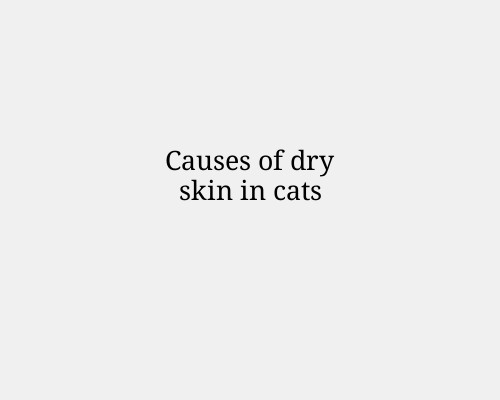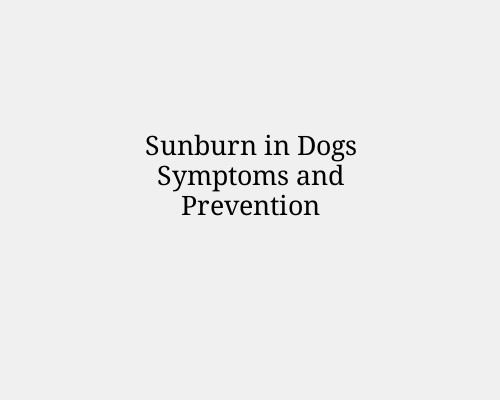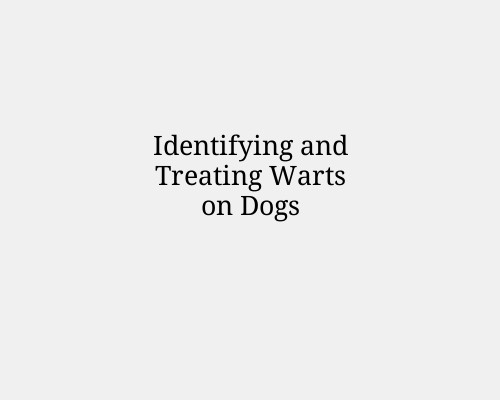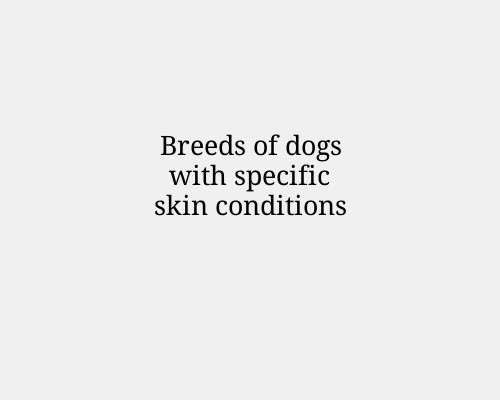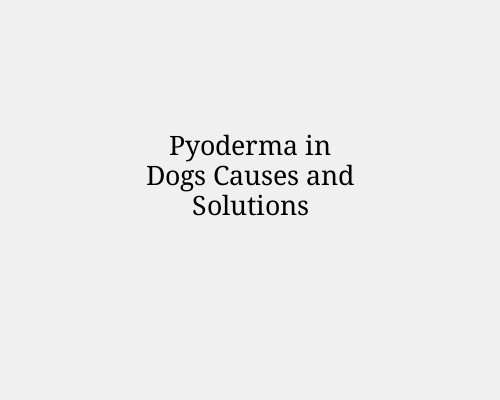Feline Acne Causes
Feline Acne: Causes, Symptoms, and Best Treatment Options
Feline acne is a common skin condition that affects cats of all breeds and ages. Though it is not usually a severe health issue, it can cause discomfort and may lead to secondary infections if left untreated. Understanding the causes, recognizing the symptoms, and knowing the best treatment options can help keep your cat's skin healthy.
Causes of Feline Acne
Feline acne occurs when hair follicles become clogged with oil, debris, and bacteria. The exact cause is not always clear, but several factors may contribute to its development:
Excessive Sebum Production – Overproduction of oil by the sebaceous glands can lead to clogged pores and blackhead formation.
Poor Grooming Habits – Cats that do not groom themselves adequately may develop dirt and oil buildup on their chins.
Plastic Food and Water Bowls – Bacteria can accumulate on plastic bowls, leading to irritation and acne breakouts.
Stress – Anxiety and stress can influence skin health and contribute to acne flare-ups.
Weakened Immune System – Cats with compromised immune systems may be more prone to skin issues.
Allergies or Sensitivities – Certain food allergies or environmental factors can trigger feline acne.
Hormonal Imbalances – Changes in hormone levels can influence oil production and lead to breakouts.
Symptoms of Feline Acne
Feline acne primarily affects the chin and lower lip area. Common symptoms include:
Small black spots (blackheads) on the chin
Red, swollen skin or irritation
Pustules (whiteheads) that may rupture
Hair loss around the affected area
Pain or sensitivity when touched
Crusting or scabbing in severe cases
Secondary bacterial infections, leading to pus or drainage
Best Treatment Options for Feline Acne
Treatment for feline acne depends on the severity of the condition. The following approaches can help manage and prevent breakouts:
Home Remedies and Hygiene Practices
Gentle Cleansing – Clean the affected area daily with warm water and mild antiseptic solutions like diluted chlorhexidine or benzoyl peroxide wipes (pet-safe versions only).
Switch to Stainless Steel or Ceramic Bowls – Replace plastic bowls with stainless steel or ceramic alternatives to reduce bacterial exposure.
Regular Grooming – Brushing your cat and wiping its chin with a damp cloth can help prevent oil buildup.
Medical Treatments
Topical Medications – Your veterinarian may prescribe antibiotic ointments, antifungal creams, or benzoyl peroxide gels to reduce infection and inflammation.
Oral Antibiotics – In cases of severe acne or secondary infections, oral antibiotics may be necessary.
Steroid Treatment – For persistent inflammation, a vet may recommend corticosteroids to reduce swelling and discomfort.
Dietary and Lifestyle Adjustments
Improve Diet – A well-balanced diet with high-quality protein and omega-3 fatty acids can promote healthy skin.
Reduce Stress – Provide a comfortable environment with enrichment activities to minimize stress- related breakouts.
Monitor for Allergies – If acne persists, consider an elimination diet to rule out food allergies.
When to See a Veterinarian
While mild cases of feline acne can often be managed at home, you should consult a veterinarian if:
The acne does not improve with home care
The area becomes red, swollen, or painful
There are signs of infection, such as pus or excessive crusting
Your cat appears to be in discomfort or stops eating
Conclusion
Feline acne is a manageable condition with proper hygiene, dietary care, and veterinary intervention when needed. Regular monitoring and preventive measures can help keep your cat's skin healthy and free from recurring breakouts. By addressing underlying causes and providing appropriate treatment, you can ensure your feline friend remains comfortable and happy.


